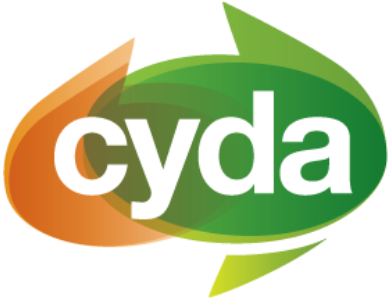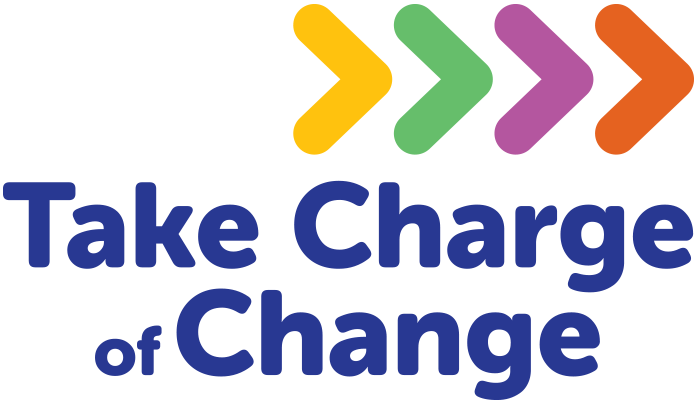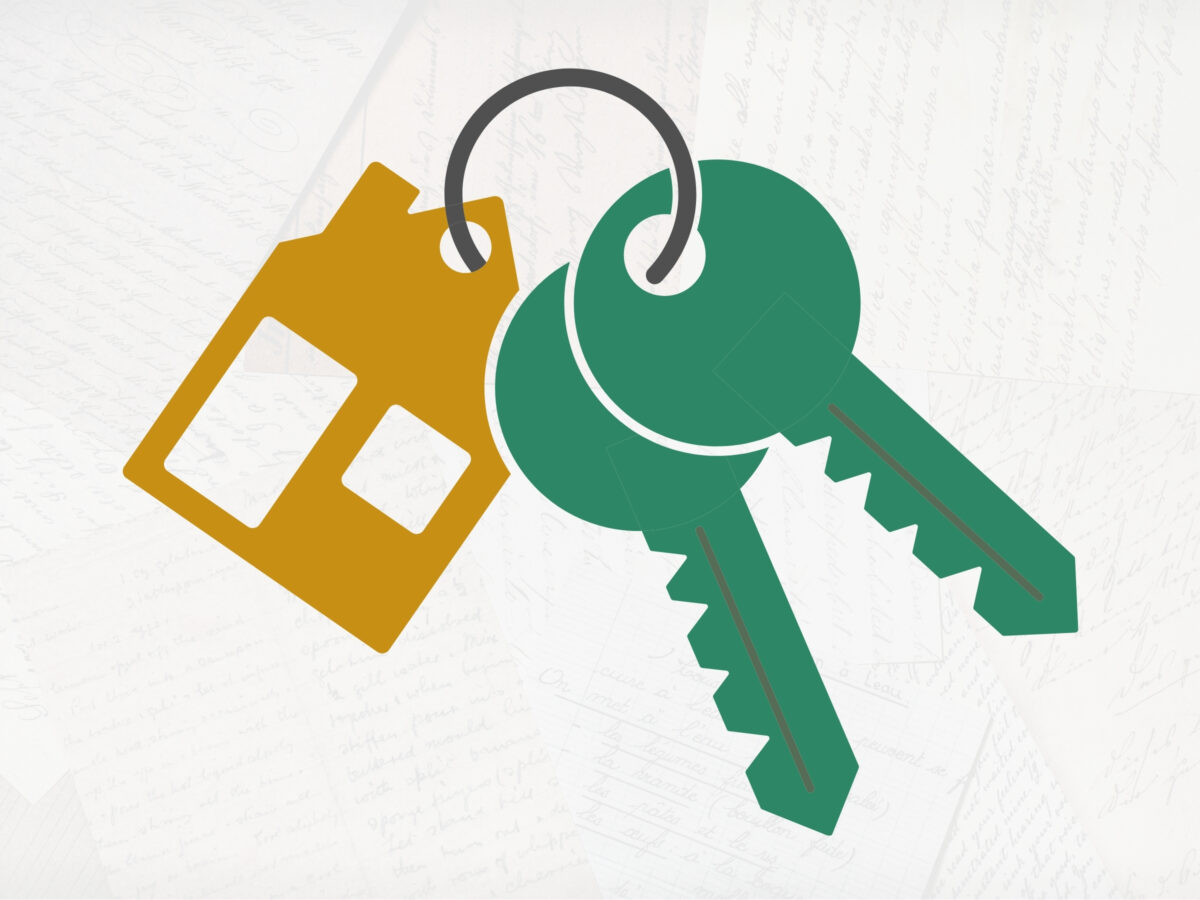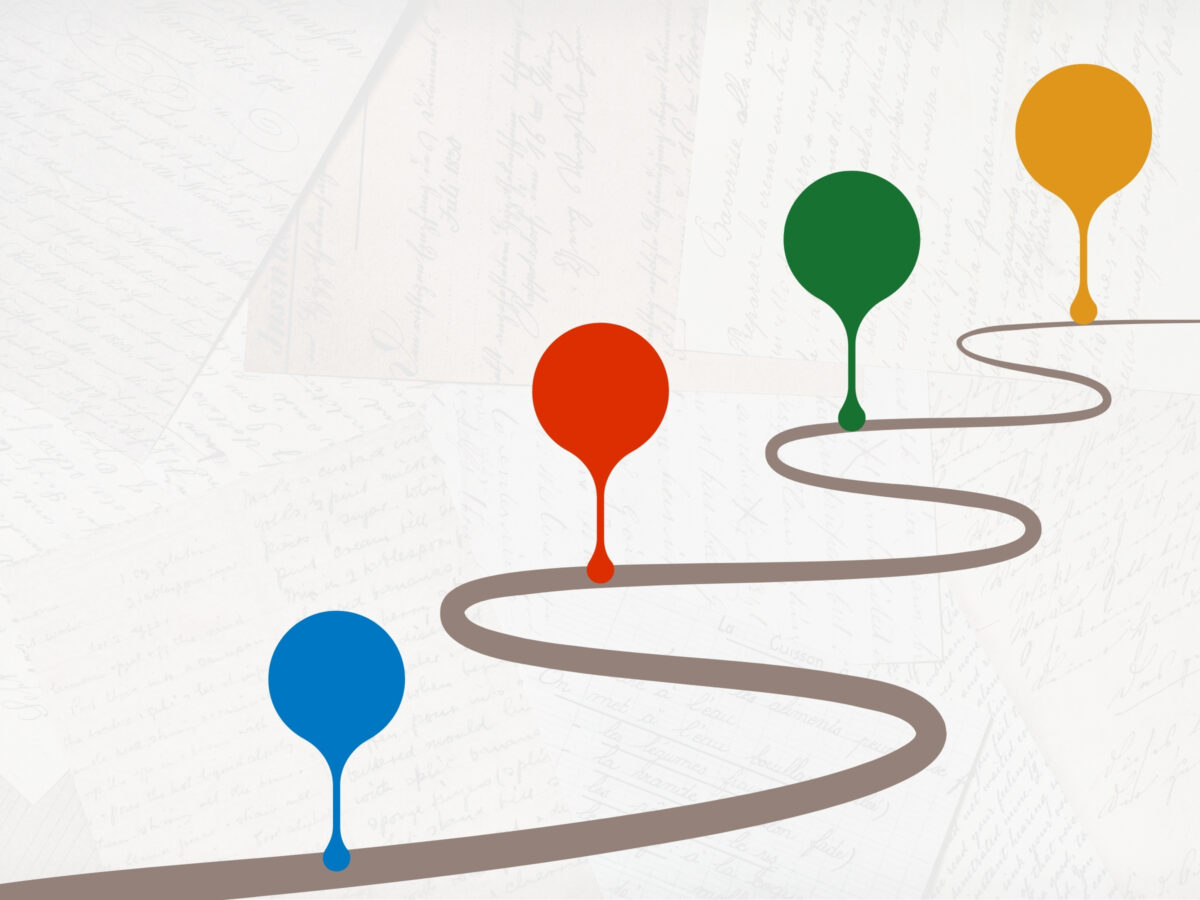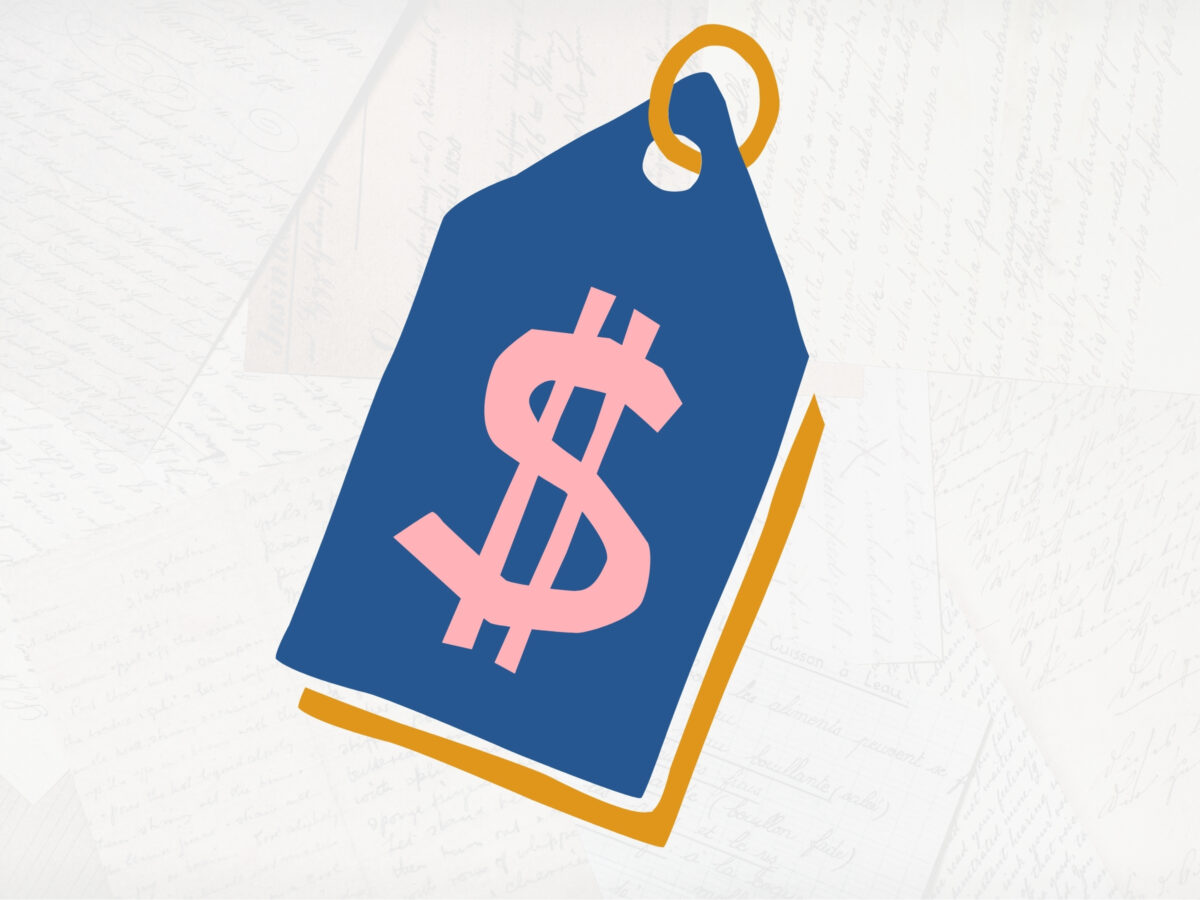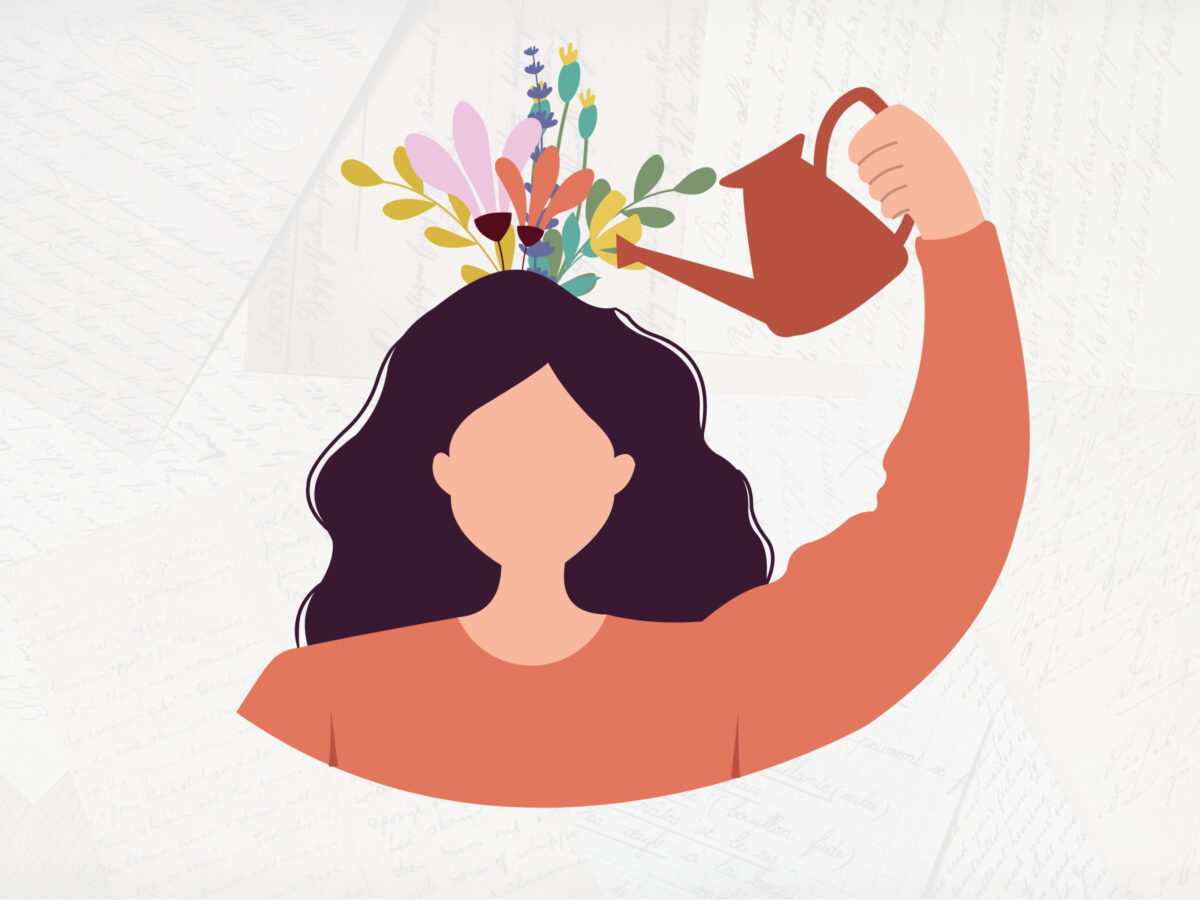Finding Light in the Dark
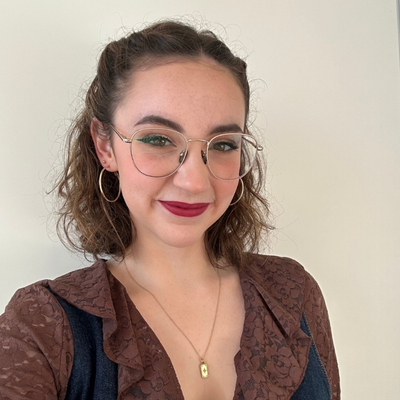
Written by: Shaelea Hilliard
First Published: 15 October, 2025
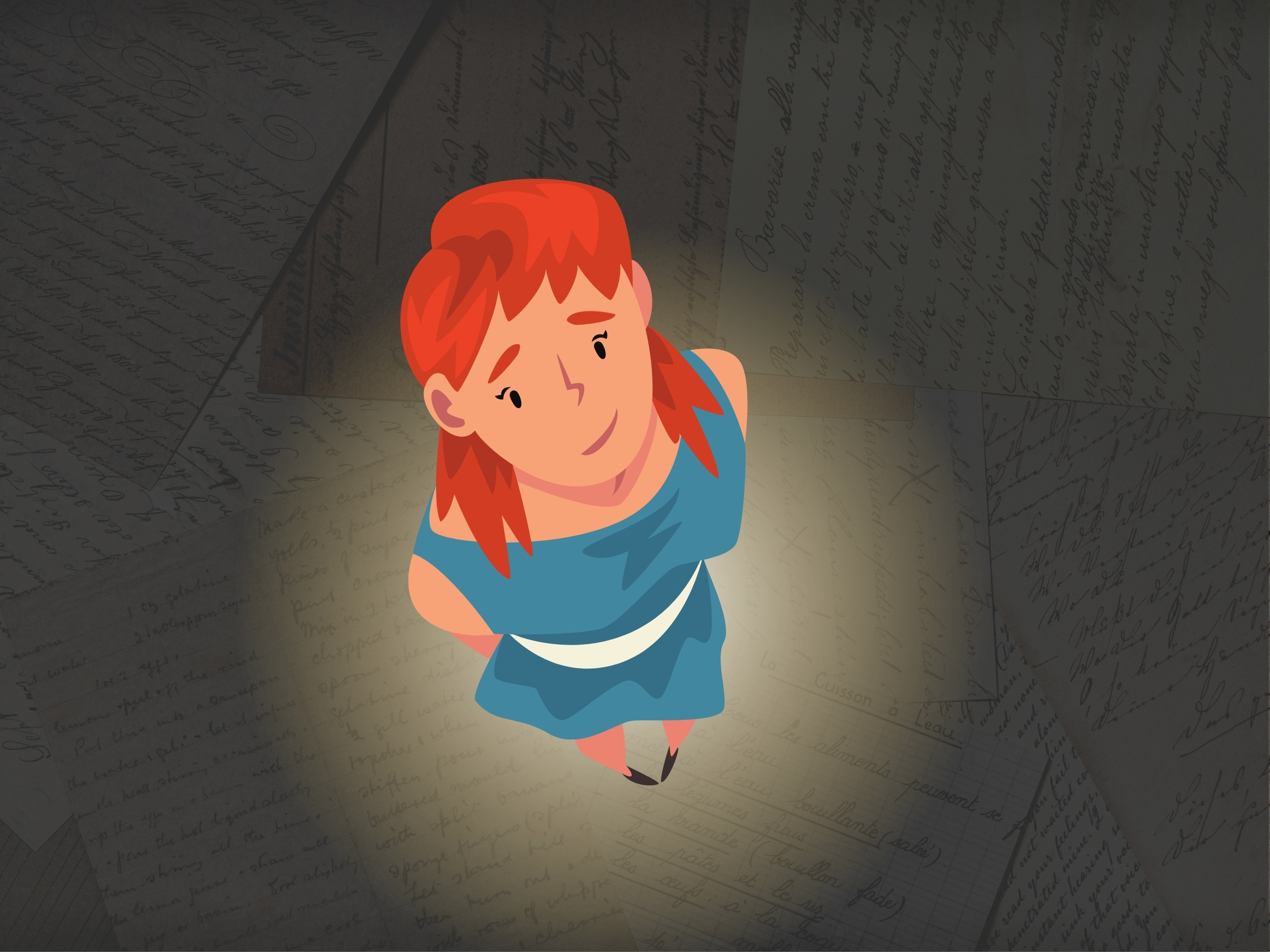
Content note: Trauma.
“I am fairly certain that I know what you have. I will book you in for surgery.”
That single sentence altered my entire trajectory. I had no idea this diagnosis would be the start of a long journey to understand myself.
I was 18 and I had freshly been diagnosed with endometriosis literally a week and a half before I started my undergraduate degree. I felt lost. I didn’t know who I was anymore or what this meant for my future. I will not lie, I struggled. I was in pain, and I did not know that endometriosis was only one of many invisible illnesses that I had nor that all my life I had lived with it. I didn’t know what to do or who to turn to. It is one of those things where if you have one, you have them all. It felt like I was collecting terrible Pokémon cards – each new diagnosis stacking up – until everything I thought I knew about myself was ripped out from underneath me. Soon I would learn that I was neurodivergent. It explained a lot for me, and from there I was able to regain some traction and push forward.
Over time, I came to understand the power my voice had, and that I could do something. At first, I was very shy and lost. Everything I have is invisible. To anyone on the street, I look like a normal human being, but underneath, all that is far from the truth – the pain, sensory overload, and trying so hard to just be a human.
I started to speak out, tell people about my journey with endometriosis, my diagnosis and treatment. When the other cards started to pile up in my deck, I came to realise that I am much more than a diagnosis and my overwhelming collection of medical misfortune. However, at this stage, I still did not see myself as disabled. I didn’t feel I had the right to use that word – I felt invalid.
It was an incredibly hard thing for me to accept. Growing up I danced for 25 plus hours a week, but an injury stopped me. I had to grieve who I was as everything I had pinned my identity on had changed. I could not let go of the fact that I would never be as good as I was because now I was “sick”.
Now, I always knew I was different and could never put my finger on it, which is what prompted the assessment for autism and ADHD … behold, I was a raging neurodivergent, having lived until 21 before diagnosis, and it short circuited my brain. I spent a lot of time trying to grapple with what this meant for me and how it would change me … and one day it clicked:
I have been able to do all these amazing things despite not knowing. What can I do, now that I know?
This is when I gained the most strength in my voice and started to say that “Yes, I am disabled, that has not stopped me. I am so much more than my collection of cards, and I can use this to inform who I am and who I am becoming.” The first time I said that I was disabled, it was liberating.
For me, that was a massive triumph which propelled me into other opportunities, and I think we need to talk about this more.
Every day, I take the wins that I get. Personally, I think that, as a society, we are so stuck in the doom and gloom, we pick out every single wrong and never see the right. Of course, there are some days where I find myself in this realm, after all, I live with conditions you cannot see. Explaining why I struggle to open things, why my hands shake or why I can’t do what is asked, is always entertaining. Sometimes you need to have a kick around in the dark to appreciate the light. I learnt to be patient with these people and use my experience to educate rather than berate.
Now, sometimes I screw up, I make mistakes. I don’t pace myself like I should or explain something poorly. I am still learning how to live with my disabilities, how to be friends with them and how to educate people about them.
However, without this I would not have pushed myself to pursue what I love. To make the best of every single day. I learnt to stand up for myself, to see the light and chase what I want. To cherish every moment and to be friendly with the bad times so that the great times are even better.
Celebrate the little wins. You never know where they’ll take you – but often, they’ll lead you exactly where you need to be.

About the Author
Hello! My name is Shae. I’m a certified science nerd and creative. Long story short, I am neurodivergent (AuDHD) and live with several invisible illnesses like endometriosis, adenomyosis, POTS (postural orthostatic tachycardia syndrome), hEDS (hypermobile Ehlers Danlos Syndrome) and fibromyalgia. While it may seem like a lot, and it is, for the most part, I try to look on the bright side of life. I have a passion for biochemistry and, in general, anything to do with biomedical sciences, mainly to try help people like me. When I am not info-dumping about something very niche, I am sewing, tap dancing or playing with my cats, Spork and Whisk.
